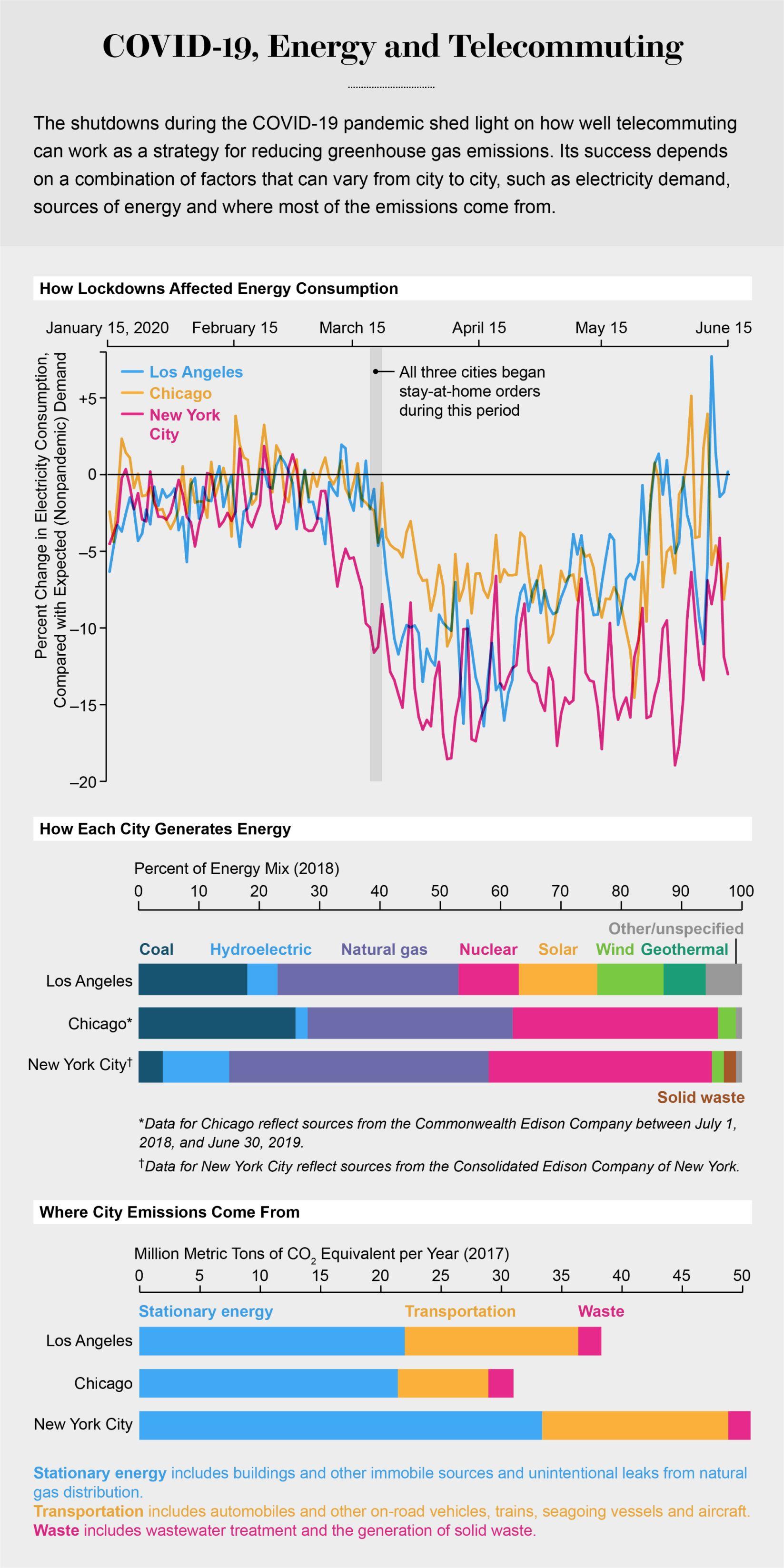Produce8
MSPs looking for the Produce8 Playbook, look no further!
Why a Remote Workforce is a Sustainable Workforce
In 2021 we saw countless extreme examples of the impacts of climate change, from wildfires, heat waves and drought, to flooding, tornados and intense winter storms.
It’s becoming increasingly clear that faster and more comprehensive action needs to be taken to reduce our global carbon emissions. And this just might be yet another compelling reason why remote workforce models—and saying goodbye to the commute—should be the future of work.
According to the United States Environmental Protection Agency, 29% of U.S. greenhouse gas emissions come from transportation, which is equal to more than 1,900 million metric tons of C02. About three quarters of that comes from road vehicles like cars, trucks and buses.
In 2019, three quarters of Americans were driving to work—alone. From the remaining quarter, 9% were carpooling, 5% were using some sort of transit, and fewer than 3% were walking. Just half a percent were getting there on bikes.
Then 2020 hit and during the first year of the COVID-19 pandemic about 42% of the U.S. labor force was working from home full-time.
So what happened to our environmental impact when the work commute was eliminated for so many?
A remote workforce means fewer carbon emissions
Between late March 2020 when stay-at-home orders began and into early June 2020, gasoline consumption fell by 30% , in addition to rapid declines in energy consumption.
“These and other shifts in energy consumption led to an estimated 15 percent reduction in the U.S.’s daily carbon dioxide emissions,” said authors of an analysis published in Joule.

Additionally, a study by Statistics Canada found if the 36% of Canadian workers who are able to telework transitioned to this working model full-time, it could generate GHG emissions reductions that represent about 11% of Canadian households’ emissions from transportation.
According to more global statistics, carbon emissions in 2020 came in at around 34.81 billion metric tons, which is down 1.89 billion metric tons from 2019. This is the largest annual decline in emissions ever recorded, and researchers say it’s the greatest relative fall since the Second World War.
About four in ten U.S. adults who are employed full time or part time (38% ) say that, for the most part, the responsibilities of their job can be done from home. And more than seven in ten U.S. employees say they’d actually prefer some sort of hybrid work arrangement indefinitely.
In a time when making drastic changes to our everyday realities is really and truly the only way we’re going to even begin to get climate change under control, it’s difficult—and arguably irresponsible—to ignore these numbers and their potential for positive impact.
Workers want change. The environment needs it.
A sustainable workforce is a retainable workforce
Commuting can be a real drag.
No one really wants to spend their free time stuck in traffic or crammed against complete strangers on a bus or subway car. But for many, it has just become a part of the work day that we accept without question. The average one-way commute in the U.S. even reached an all-time high of 27.6 minutes in 2019.
But when we take the commute out of the work day, in addition to the clear environmental benefits, a few things start to happen at the employee level:
- We gain back more personal time in the mornings and the evenings, which can mean getting to spend more time with our families—or even just sleep a little longer.
- We eliminate any commute-related stress, which can enable people to dive into the work day in a better frame of mind.
- We spend less money because we aren’t paying for gas, transit or meals and snacks outside of the home.
There’s also just a general increase in work-life flexibility with the remote work model. It becomes easier to plan work around life instead of the other way ‘round—so long as managers and employers support it.
These are all benefits that make for happier, healthier workers and can have real and immediate impacts on people’s lives. And at the end of the day, happy workers are more productive and tend to stick around longer. That translates to workforce optimization.
This is important for businesses to keep in mind, especially when the cost of employee turnover is estimated to be around six to nine months’ salary on average.
There are also clear indications that modern workers are starting to demand remote work flexibility, with 73% of workers claiming employers will lose out on talent if they don’t support it.
And by now, we've all heard of The Great Resignation.
“Everything needs to change”
For many, ‘the office’ still feels very inseparable from work. This is understandable, considering the space has developed, evolved and ingrained itself within society over centuries.
But as they say, “it’s how we’ve always done it,” is the most dangerous phrase in business.
As the working world marches on through the pandemic—and hopefully out the other end at some point in the not too distant future—it will be crucial to make decisions about optimal work models based on facts and not emotions. And it will be imperative to find tools and solutions to support hybrid and remote workforce environments. Employee health, happiness and productivity, as well as the global environment at large surely depend on it.
In the words of wise-beyond-her-years climate activist Greta Thunberg:
"We can’t save the world by playing by the rules, because the rules have to be changed. Everything needs to change – and it has to start today."
Related Aritcles
Digital Work Analytics reporting
AIRO Part 4 - From Reactive IT to Managed AI - The Next Evolution for MSPs
2 min read
Unlock great workdays
Wether you are collaborating with your team or solo tackling your day we can help you recover the most valuable asset, time.
